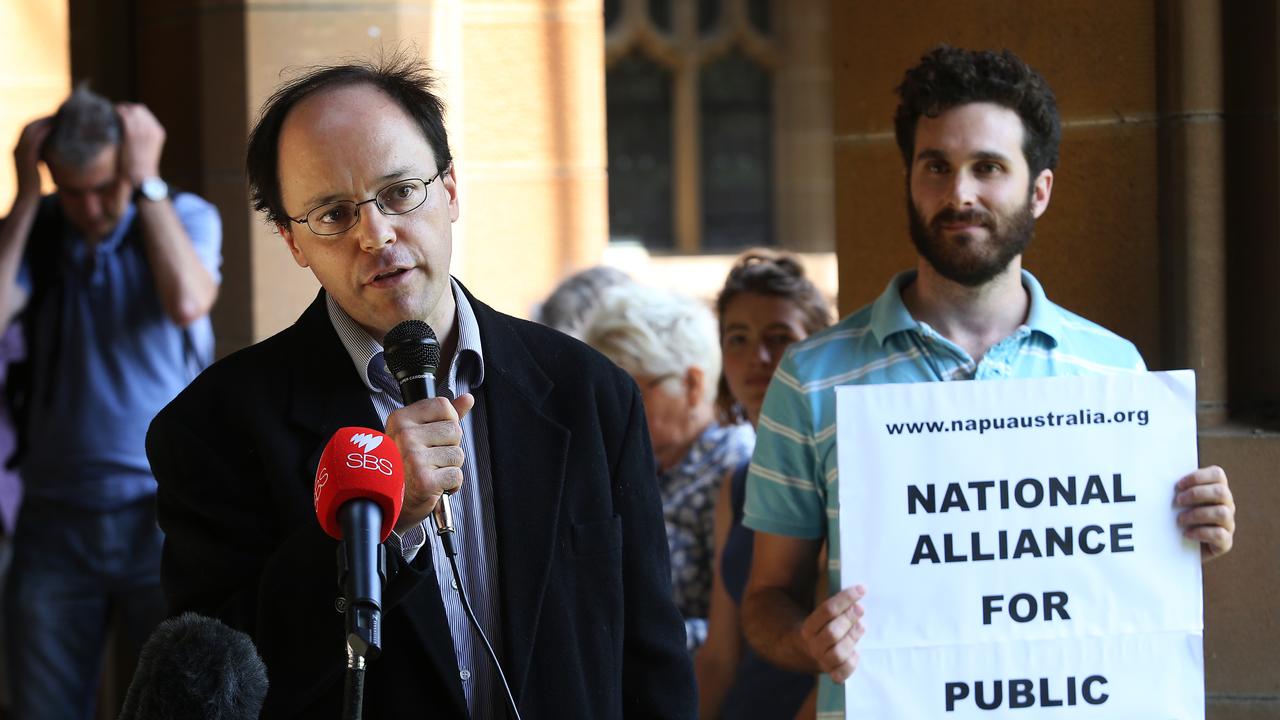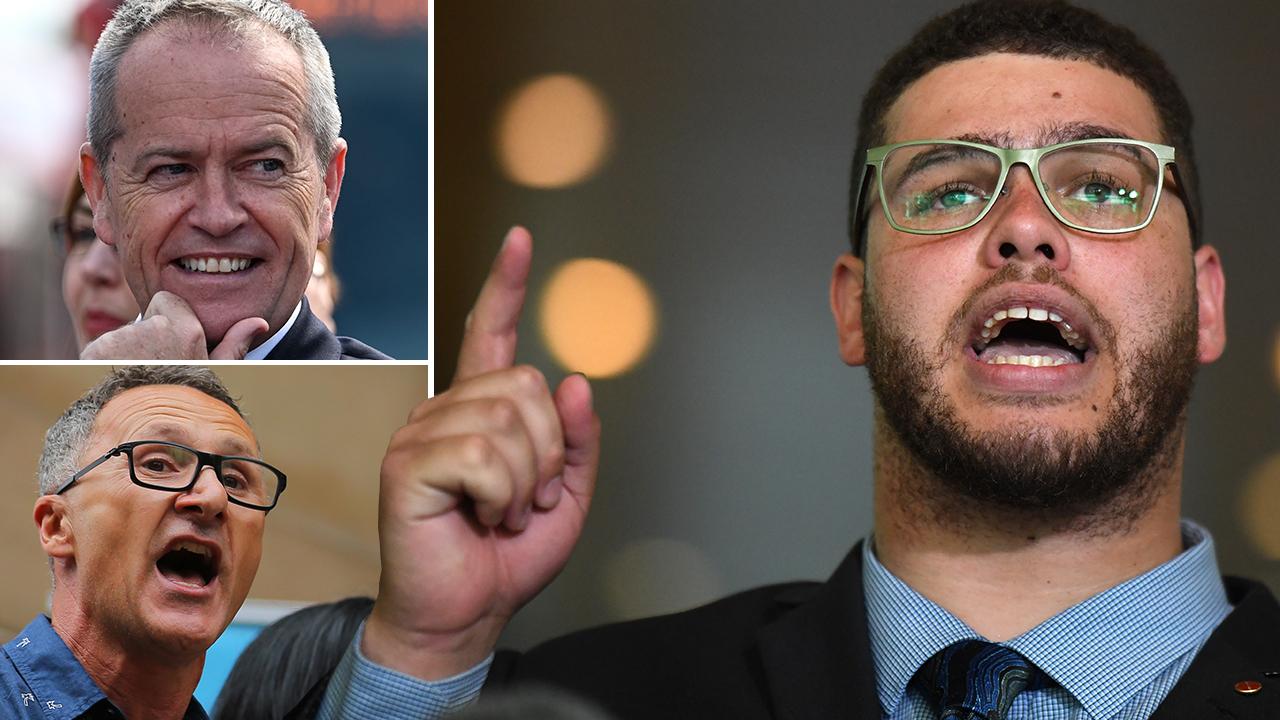
If ever you need a wry laugh, have a look at section 9 of the Victoria Police Act 2013, which outlines the functions of what was once a respected institution. They are, “preserving the peace”, “protecting life and property”, “preventing the commission of offences”, “detecting and apprehending offenders,” and “helping those in need of assistance”.
That must be news to the residents of Footscray, Melbourne, who last Saturday night witnessed nearly 150 youths, mostly of African appearance, run riot and trash a house while police stood by and did nothing for close to six hours. Police told the unfortunate owner of the short-term rental, “Kelly’’, they could not intervene unless she had proof the property was being damaged (Note to the citizens of Melbourne: if ever you hear a bloodcurdling scream next door followed by a gurgling sound and a sudden silence, be sure to obtain proof your neighbour has been murdered before ringing the police).
Assistant Commissioner Stephen Leane later told 3AW’s Neil Mitchell that police had no power to intervene. “Our lawyers are telling us it’s a lease, even though it’s a one night lease,” he said. “On that basis it’s a civil matter and you’re off to VCAT (Victorian Civil and Administrative Tribunal) if you try and exclude them from the premises.”
A civil matter? Wilfully destroying another’s property, irrespective of whether or not done at a rental house, is a criminal and hence a police matter. And since when did police decide how to respond on the basis of advice from in-house lawyers? Your old-style coppers were disdainful of this risk-averse approach, instead interpreting their powers pragmatically when public order was threatened. What next, a government lawyer assigned to every police car?
As for Police Minister Lisa Neville, she is hapless as the force’s executive. Approached for comment, she stated there was “zero tolerance for threatening behaviour or violence towards police or the public in any manner.” Really? Only in the last fortnight, around 50 African youths not only damaged a North Melbourne rental property but pelted police with objects, forcing them to retreat. Four police cars were damaged, but not one person was arrested. This is not zero tolerance; rather, it is a case of zero ticker — not of the outnumbered officers on the street, but a police administration and a government that fails to support them.
If you are wondering whether policing’s priorities are askew, you are not the only one. They all seem to be directed to virtue-signalling. Last week, in a collaboration between Merri Health and Moreland City, the fence of Fawkner police station was pelted with hundreds of balloons filled with rainbow colours in support of LGBT communities. A police community relations spokesman effusively described this as “a symbolic way for the community, including police, to show that we’re taking a stance against violence and discrimination.” Unfashionable I know, but surely arresting thugs and putting them before the court is a far more effective way of taking a stance against violence and discrimination?
Kel Glare, the chief commissioner from 1987-92, is of the no-nonsense school and sees a culture of malaise in the force. Its handling of African youth crime, he claims, is “totally timid”. Glare is 80 now, and has taken to wearing a cardigan for his television interviews.
Kel Glare: 'We're not doing enough for the Sudanese community for assimilation & they're disadvantaged with jobs & other things however that doesn't need to define who you are & it doesn't excuse bad behaviour & crime' pic.twitter.com/JzSH1a8Lfj
— Sky News Australia (@SkyNewsAust) December 29, 2017
Nevertheless his is the sort of leadership that the force desperately needs, not the kind obsessed with throwing paint-filled balloons at police stations. You can picture general duties officers rolling their eyes at these stunts, knowing they are a waste of time and resources. They amuse themselves with the thought of having a shotgun loaded with bean bag rounds next time they are outnumbered at a riot, but they know that will never happen.
The current chief commissioner, Graham Ashton, has little experience of street policing, having served primarily in the Australian Federal Police. Last year he took extended time off as a result of physical and mental fatigue. He is effectively a lame duck, having announced last year he will serve only one term.
The obsession that Labor has with appointing outsiders as chief commissioner — particularly with Christine Nixon and Simon Overland — has proved unsuccessful. Nixon brought many academic qualifications, yet was wanting in operational experience. Who could forget her risible “I had to eat” excuse when she abandoned her post at the emergency co-ordination centre on the day of the Black Saturday bushfires that killed 173 people to dine at an up-market pub?
Her idea of policing was one of keeping the peace rather than law enforcement. A high-profile feminist, she was determined to effect what she termed “cultural change”. In 2003, she announced through the head of the Equity and Diversity Unit — a former social worker — that the force had to rid itself of “pockets of macho culture” in response to allegations of bullying and harassment. At the time it was speculated it would take 10 years.
It took a little longer, but any elements of machismo have been eliminated. The emasculated force is Nixon’s legacy. You would think with this abysmal record she would have the sense not to advertise her failings, but as recently as 2016 she was still advocating for the force to set gender quotas for recruitment. In hindsight, she was a harbinger of the Andrews government and its obsession with social engineering. In this mindset, the traditional functions of institutions such as policing and education are secondary; instead these organisations are experiments for realising a leftist utopia.
Like today’s police hierarchy, Nixon was in denial about African offenders. In 2007, she defended Sudanese refugees in light of the federal government’s integration concerns, claiming they were convicted of few crimes per capita compared with the general Victorian population. She was proved wrong the following year after crime statistics showed that Sudanese youths were disproportionately offending fourfold.

As with all crime problems, they simply get worse if ignored. According to the Victorian Crime Statistic Agency, nearly 300 offenders born in Sudan or South Sudan were arrested last financial year. Cross-referenced with 2016 population data, they are 6.135 times more likely to be arrested than someone born in Australia. Despite not even constituting 1 per cent of Victoria’s population, Sudanese youth feature in 13.9 per cent of aggravated robberies and 7.4 per cent of home invasions. Did anyone else have that Groundhog Day feeling last weekend when a police spokesperson commenting on the Footscray riot claimed that “The problem is not tied to any particular cultural community, but rather it is young people more broadly who tend to be involved”?
As an interesting aside to the problems posed by African crime gangs, just reflect on the case of former Macquarie University law academic and associate professor Andrew Fraser. In 2005 he controversially opposed African immigration, claiming that “an expanding black population is a sure-fire recipe for increases in crime, violence and a wide range of other social problems”.
The university administration responded by locking him out of his classroom where he had taught for nearly 30 years, and bringing forward his retirement. He never returned to teaching. So much for supporting academic freedom. In 2006, following a complaint under the Racial Discrimination Act ‘mediated’ by the then Human Rights and Equal Opportunity Commission, Fraser apologised to the Sudanese community. He was wrong in linking race with crime; however the connections between offending and culture – particularly the latter’s aberrant element – is another matter, especially if analysed in the context of assimilation.
It is a wider problem that police are unable to deal with on their own. The criminal justice system as a whole must also address its shortfalls. In February a court found a 17-year-old youth guilty of kicking a police officer in the face, yet released him without conviction, despite the offender’s serious criminal history. Small wonder that so many young offenders have contempt for the criminal process.
It is not an exaggeration to say the Victoria Police is facing its biggest crisis in public confidence since the outbreak of the Kelly Gang, when officers took nearly two years to capture the murderous outlaw. What is the solution? For starters, revise the ‘Professional and Ethical Standards’ section of your police manual. The phrase ‘human rights’ appears there seven times, but the word ‘arrest’ is not listed. And stop referring to offenders as ‘customers’. You are supposed to be a police force, not Big W, and in any event this is a job where the customer is always wrong.
Right now your approach to fighting street crime resembles the ‘run away’ scene in Monty Python’s Holy Grail. Yet you proudly declare of your iconic badge that “The five-point star symbolises that Victoria Police Members will go in any direction to perform their duties.” Unfortunately, they are all heading south.




To join the conversation, please log in. Don't have an account? Register
Join the conversation, you are commenting as Logout